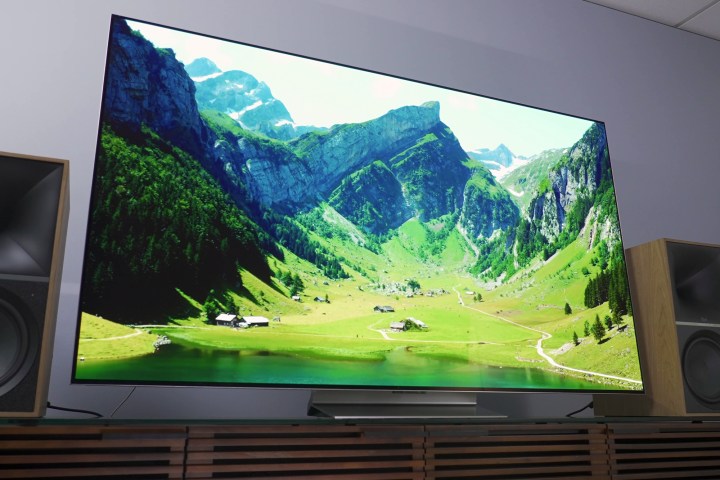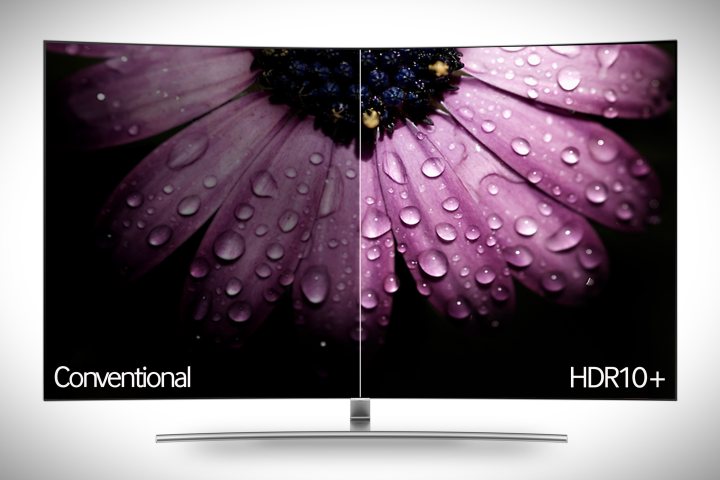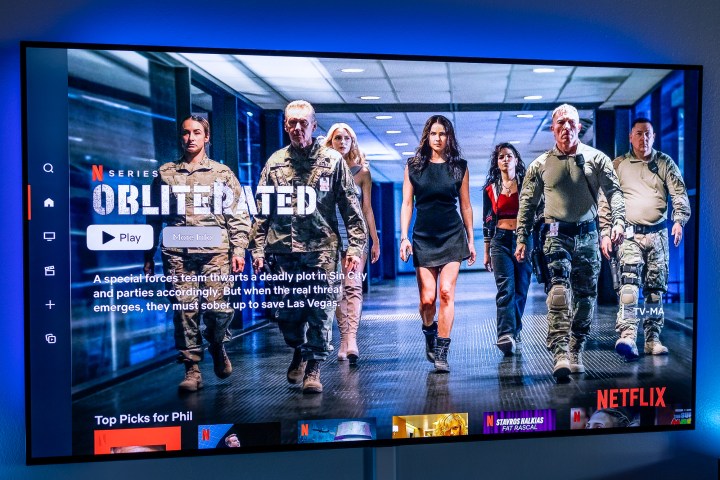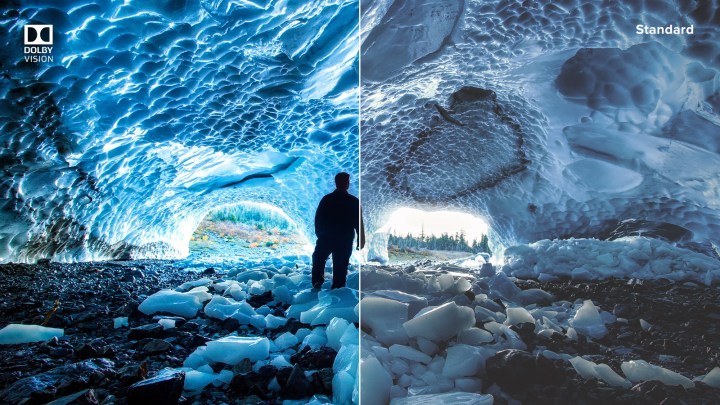HDR, or High Dynamic Range, is a feature you often see in TV settings or while shopping for a new TV. If you’re curious about what HDR is, you’re in the right place. HDR can be found in most of today’s top TVs, from 8K to 4K to HDTVs, across various price points. It has become a standard feature in many mid-range and high-end televisions.
When watching content in HDR on an HDR-capable TV, you’ll experience enhanced brightness, vibrant colors, a wider color range, and better contrast.
But not all TVs support HDR equally well, and there are different HDR formats to consider. This guide aims to answer your questions and provide more information.
What is an HDR TV?
An HDR TV is a television with built-in support for one or more HDR formats. HDR formats offer brighter images, higher contrast between light and dark areas, and a more extensive color range compared to standard dynamic range (SDR) content.
Seeing is believing – compare an HDR TV displaying HDR content with a non-HDR TV, and the difference will be clear.
HDR: The basics
What do you need for HDR TV?
To experience HDR on a TV, you need an HDR-compatible TV, content produced in HDR formats, and optionally, a compatible playback device like an Ultra HD Blu-ray player or media streamer.
Most HDR TVs are also smart TVs with built-in apps like Netflix and Amazon Prime Video, making it easy to access HDR content.
Are all HDR TVs equal?
No, HDR TVs vary in price, size, and picture quality. To fully appreciate the benefits of HDR, ensure your TV can reproduce the brightness, contrast, and colors effectively.
Investing in a high-quality HDR TV will make HDR content look its best, similar to using high-octane gasoline in a performance car.
So what’s special about HDR?

Zeke Jones / Digital Trends
HDR content looks better than standard dynamic range (SDR) content due to its brightness and color vibrancy. It provides a more lifelike viewing experience by enhancing image realism and vibrancy compared to SDR content.
After experiencing HDR content, going back to SDR content may feel dull and lacking.
Better brightness, better contrast
HDR enhances image contrast by increasing brightness levels, leading to a higher contrast ratio between the brightest whites and darkest blacks a TV can display. HDR TVs aim for higher peak brightness than SDR TVs, with some models capable of displaying up to 2,000 nits of peak brightness for HDR highlights.
Peak brightness is crucial for bringing HDR images to life. Look for a TV with at least 1,000 nits peak brightness to maximize HDR content viewing.
More colors, too

Digital Trends
4K and 8K HDR TVs typically feature Wide Color Gamut (WCG), offering a larger color palette for more accurate and vibrant colors. The transition to 10-bit color allows for billions of shades, enhancing realism and color gradients in HDR content.
The many versions of HDR
There are several HDR formats available, including HDR10, Dolby Vision, HLG, HDR10+, and Advanced HDR by Technicolor. Many top TV brands support multiple HDR formats, reducing the risk of format wars seen in past technologies.
HDR10
HDR10 is a widely used HDR format, offering enhancements like 10-bit color depth for billions of colors and a theoretical maximum brightness of 10,000 nits. HDR10 uses static metadata to provide color information to the TV, but it lacks the sophistication of other HDR formats like Dolby Vision.
Dolby Vision
Dolby Vision is a proprietary HDR format offering 12-bit color depth, dynamic metadata, and support for up to 68 billion colors. Dolby Vision provides more precise color and contrast adjustments per scene, resulting in superior image quality compared to HDR10.
Only TVs carrying the Dolby Vision logo support this format, and not all HDR content is available in Dolby Vision.
HDR10+

HDR10+ is an open-source HDR format developed as an alternative to Dolby Vision, offering dynamic metadata and 16-bit color depth. Despite improving TV support and content availability, HDR10+ still faces challenges in gaining widespread adoption.
Other contenders
HLG and Technicolor’s Advanced HDR are additional HDR formats with unique features, emphasizing live broadcasting compatibility and SDR upscaling, respectively.
What do we watch?

Various streaming services like Netflix, Amazon Prime Video, Disney+, and Apple TV+ offer HDR content for an enhanced viewing experience. Ultra HD Blu-ray discs also provide top-quality HDR content.
Worth the hassle
High Dynamic Range technology offers spectacular image quality, making movies and TV shows more immersive than ever. Considering an HDR-compatible TV is a smart choice, but ensure the TV’s peak brightness levels align with HDR requirements for the best experience.
For recommendations on top HDR TVs and more information, check out our guide and list of best TVs on the market.



